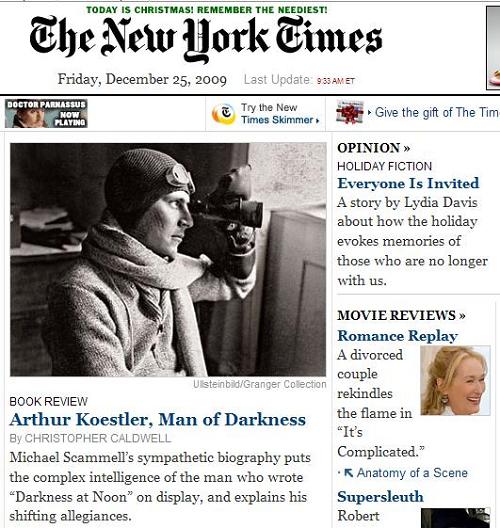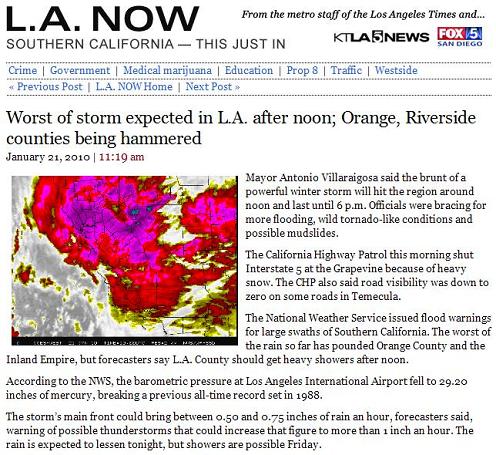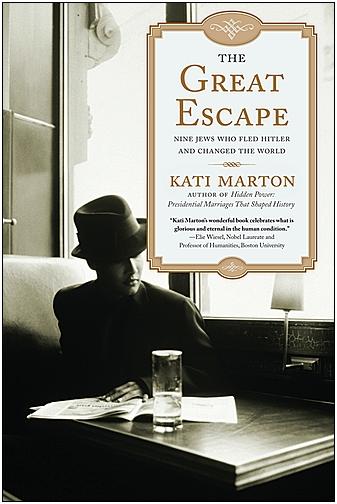New York Times online front page
Christmas morning:
"Arthur Koestler, Man of Darkness"–

The photo is of Koestler in 1931 on a zeppelin expedition to the North Pole.
"The Act of Creation is, I believe, a more truly creative work than any of Koestler’s novels…. According to him, the creative faculty in whatever form is owing to a circumstance which he calls ‘bisociation.’ And we recognize this intuitively whenever we laugh at a joke, are dazzled by a fine metaphor, are astonished and excited by a unification of styles, or ’see,’ for the first time, the possibility of a significant theoretical breakthrough in a scientific inquiry. In short, one touch of genius—or bisociation—makes the whole world kin. Or so Koestler believes.”
– Henry David Aiken, The Metaphysics of Arthur Koestler, New York Review of Books, Dec. 17, 1964
From Opus Postumum by Immanuel Kant, Eckart Förster, Cambridge U. Press, 1995, p. 260:
"In January 1697, Leibniz accompanied his New Year Congratulations to Rudolf August with the design of a medal with the duke's likeness on one side, and the 'image of Creation' in terms of the binary number system on the other. Concerning the inscription on this side, Leibniz writes: 'I have thought for a while about the Motto dell'impresa and finally have found it good to write this line: omnibus ex nihilo ducendis SUFFICIT UNUM [To make all things from nothing, UNITY SUFFICES], because it clearly indicates what is meant by the symbol, and why it is imago creationis' (G. F. Leibniz, Zwei Briefe über das binäre Zahlensystem und die chinesische Philosophie, ed. Renate Loosen and Franz Vonessen, Chr. Belser Verlag: Stuttgart 1968, p. 21)."

Figure from Rudolf Nolte’s
Gottfried Wilhelms Baron von Leibniz
Mathematischer Beweis der Erschaffung und
Ordnung der Welt in einem Medallion…
(Leipzig: J. C. Langenheim, 1734).
Leibniz, letter of 1697:
"And so that I won’t come entirely empty-handed this time, I enclose a design of that which I had the pleasure of discussing with you recently. It is in the form of a memorial coin or medallion; and though the design is mediocre and can be improved in accordance with your judgment, the thing is such, that it would be worth showing in silver now and unto future generations, if it were struck at your Highness’s command. Because one of the main points of the Christian Faith, and among those points that have penetrated least into the minds of the worldly-wise and that are difficult to make with the heathen is the creation of all things out of nothing through God’s omnipotence, it might be said that nothing is a better analogy to, or even demonstration of such creation than the origin of numbers as here represented, using only unity and zero or nothing. And it would be difficult to find a better illustration of this secret in nature or philosophy; hence I have set on the medallion design IMAGO CREATIONIS [in the image of creation]. It is no less remarkable that there appears therefrom, not only that God made everything from nothing, but also that everything that He made was good; as we can see here, with our own eyes, in this image of creation. Because instead of there appearing no particular order or pattern, as in the common representation of numbers, there appears here in contrast a wonderful order and harmony which cannot be improved upon….
Such harmonious order and beauty can be seen in the small table on the medallion up to 16 or 17; since for a larger table, say to 32, there is not enough room. One can further see that the disorder, which one imagines in the work of God, is but apparent; that if one looks at the matter with the proper perspective, there appears symmetry, which encourages one more and more to love and praise the wisdom, goodness, and beauty of the highest good, from which all goodness and beauty has flowed."
See also Parable.



















